"Think about this question for a moment… If you don’t learn how to train under pressure on the practice range, what would make you think you will be able to compete competently under pressure on the golf course?" Where most golfers take golf lessons one at a time, reducing contact time to 60 minutes or less, at Pro Tour Golf College International we are in a privileged position to work with our students for more concentrated contact periods of 4 to 5 hours per day, for 5 days per week. This means that the students in our training program receive supervised instruction of 20 to 25 hours per week. Now, with this many contact hours each week, I’m sure you’d agree that we have a better than average chance of influencing the development of a student’s behaviour and skills, and as you will see, this contact time is critical for building confidence and resilience. When we created our Tour Bridging Program, we saw the value in significantly increasing contact time with our students, simply because the majority of students enrolled in our program were struggling with their game when under increased pressure and for most, there was no history of work on improving this aspect of their game. Virtually of all of them had been developing and perfecting their full swing technique. Based on this experience, we asked a simple question; "what do the students all have in common apart from their obvious emotional struggles when under perceived pressure?" The answer strangely wasn't what we expected. It was behaviour. We noticed was that while they were completing our skill assessments, most were lacking discipline for performing their routines and rituals to a high standard. They all enrolled wanting to improve their game, but not one of them had identified a lack of discipline for performing their pre-stroke and post-stroke routines as the contributing factor. This turned out to be their Achilles heel, which was that they were not aware that they were not aware. So there was no way for them to know what the root cause of their poor play was under pressure. They might describe it broadley as 'poor mental skills' but they really didn't know because no one had ever took the time to study what they were doing when they performed. Most of them blamed the obvious, poor swing mechanics as the contributing factor, because they had established deeply embedded beliefs that when they weren't playing well, their golf swing was likely the problem.  Optimal Performance Behaviour (OPB) We have come to some definite conclusions through our observations of top-class golfers over many years, and identified several behavioural traits from successful golfer to successful golfer that we believe influence optimal performance when competing on the golf course. Our OPB model is a set of behavioural guidelines we developed to help our students increase their awareness of ideal behaviour when they train, thereby influencing improved performance when they compete. Think about this question for a moment… If you never learn how to train under pressure on the practice range, what would make you think that you would be able to compete confidently and competently under pressure on the golf course? We think that's a reasonable question. Top class golfers (in-fact all elite sports people) display optimal behaviour in competitive environments, and through our E.Q. training process we have been able to develop and implement a set of behaviours that help our students to focus and perform far better, on and off the golf course. How to Build Optimal Performance Behaviour We always say that we might not be able to read the minds of top-class golfers, but their behaviour never lies. Our model helps students to learn this Optimal Performance Behaviour, which influences much better performances when they compete. So, what does optimal behaviour look like? Well, top class golfers display highly disciplined mannerisms when they compete. In other words, they act a certain way when they are competing. In-fact, top class golfers often look like military commanders, as they go about building their score during a round. Now, by no means is OPB consistent from golfer to golfer—it does vary, but not a great deal. It is more similar than it is different with top class golfers. These top class golfers follow a simple, consistent and unconscious neuro-physiological process that influences optimal behaviour under pressure. The process appears to work like this... 1. They generate a positive thought based on a question like this; "what do I want now?" 2. This positive thought accesses an associated feeling (this thought and feeling can seem as one). 3. This feeling is acted upon, and a behaviour occurs. (the feeling and behaviour can seem as one) This Thoughts--Feelings--Behaviour (T-F-B) process is a useful--albeit simplistic model that helps you understand how your behaviour is generated. Now, consider that this unconscious behavioural process occurs in milliseconds, and there lies the problem that all golfers face. As many of the behaviours you generate on the golf course are habitual--that is, they occur quickly without conscious thought, they can do a lot of damage before you become aware of them. So, our core strategy is to train our students under enough pressure that their ‘ugly’ golfer emerges—that’s their golfer identity who continually sabotages their game when things get uncomfortable on the golf course. When their ugly golfer emerges, we make our students instantly aware, over-and-over so they work on altering the feelings and behaviour quickly. We do this by providing them with a different--more helpful behavioural strategy, one that circumvents their normal 'ugly' T-F-B process for a more useful one. This is the main reason we believe in spending more time with our students rather than less, because we have found that this IS the biggest reason why many good golfers break down under pressure on the golf course in tournaments. We believe that having 30 to 60-minute golf swing improvement lessons in an environment devoid of pressure, is asking for trouble on the golf course. 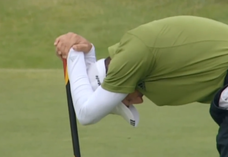 The ugly golfer is observable in golfers with low E.Q. and it hijacks their positive-optimistic feelings about their golf, turning them negative, consequently influencing behaviour that produces poor shots especially when under increased pressure. We teach our students the A.C.T model to help them start to by-pass the unwanted behaviour quickly and effectively. Here are the three steps in the A.C.T. process. A = Acknowledge the unwanted behaviour. C = Change it into a more useful behaviour in the appropriate context. T = Take a deep breath, countdown deliberately from 5 to 1, and then get on with the game. The key to success on the golf course, when competing under pressure, is to understand that even after negative thoughts and feelings have been activated, it doesn’t necessarily mean that you must act on them. There’s a space between thoughts (stimulus) and behaviour (response), where you can act in a more useful and indeed helpful way, and by using the A.C.T model, our students can take charge of unwanted, disempowering or disruptive behaviour, turning it into Optimal Performance Behaviour. "These training routines are designed with varying degrees of difficulty from moderate to extremely difficult to complete, and are designed to intentionally break our students down emotionally, so we can observe the way they deal with this adversity." 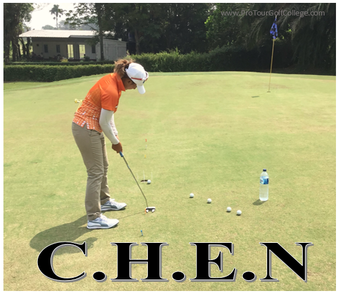 The C.H.E.N Model As our students are developing their OPB, we introduce our next model, the C.H.E.N model. C.H.E.N drills and routines are mental toughness training routines that we designed for our students to specifically stretch their patience to bring out their ugly golfer. These training routines are designed with varying degrees of difficulty from moderate to extremely difficult to complete, and are designed to intentionally break our students down emotionally, so we can observe the way they deal with this adversity. C.H.E.N stands for; C. Courage – The courage to start the drill/routine and complete it (Some of them are very difficult to complete) and can take hours, literally. H. Humility – You need a high level of acceptance when performing the C.H.E.N drills/routines as you will fail to complete them many times. C.H.E.N teaches students the meaning of being humble, to accept that you can do your best but not necessarily get the result you want. E. Enthusiasm – The key to successfully completing the drills/routines is to maintain an optimistic attitude despite continual set-backs. This is very challenging for our students, because they suffer from a variety of emotions, and a breakdown in focus, means that they have to start the routines all over again. N. No Mind – In Zen culture, Mushin, is a Japanese word that loosely translated means “the mind without mind,” and is often referred to as the state of "no-mindness.” Mushin describes a state of mind that is not fixed or occupied with thoughts, or emotion, so that it becomes open to everything. The goal of our E.I. training program is for our students to ultimately achieve a level of No Mind, where they become free of thoughts of anger, fear, or ego during their training, and when they are competing. Our C.H.E.N routines establish situational performance constraints that make it harder for them to achieve their goals. Situational performance constraints, like C.H.E.N routines, help us to determine whether a student’s general behaviour in training is consistent with their behaviour when under increased pressure on the golf course. In most cases they are vastly different. We know that setting up a practice environment that restricts choices such as with our C.H.E.N routines, will initially have a negative effect on a student’s development. However, this uncomfortable and temporary state changes as students learn to adapt and advance from an immature E.Q. state, to a mature E.Q. state. "In simple terms, the practice environment must challenge golfers in ways similar to what they would experience on the golf course when competing, otherwise it is not a supportive and well-designed practice environment." Design the Training Environment to Fail Often In our experience, many golfers limit their potential to improve—especially emotionally, because the practice environment they train in offers little in the way of challenges to increase their capacity to perform optimally, particularly in pressure environments. We developed the following formula P = M x C x SC – I to constantly remind us of the need to design a challenging yet supportive training environment for our students. Performance = Motivation x Capability x Situational Constraints – Interference In simple terms, the practice environment must challenge golfers in ways similar to what they would experience on the golf course when competing, otherwise it is not a supportive and well-designed practice environment. Think about the components in this formula for a moment. Motivation; Capability; Situational Constraints; The lack of interference of the wrong kind. 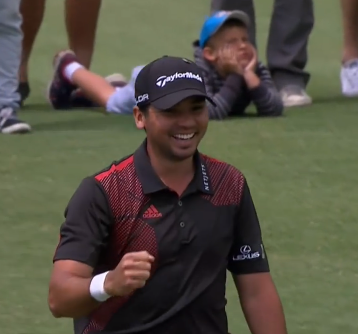 If you want to improve your performances in tournaments, then you need loads of motivation, multiplied by your skill to play the shots in challenging practice environments devoid of interference of the wrong kind. Here are the elements in the formula; A. Loads of motivation to work hard for as long as it takes. B. Well-developed golf skills that can almost match the types of shots you face on the golf course. C. Random practice stations are set-up to replicate the types of situations you would face on the golf course. D. The environment should be devoid of interference that you would not face on the golf course like mobile phones etc. When students practice at our purposely designed facility in Jakarta, Indonesia, they are exposed to every type of situational constraint, or limitation, they are likely to face on the golf course. We encourage them to explore the many ways they can solve these challenges on their own (in most cases) to make progress. Limiting choices in the way golfers practice, limits their potential to grow. E.I. training offers our students more choice as to how they can deal with the multitude of challenges and variables involved when competing on the golf course under pressure. Lawrie Montague and David Milne – Pro Tour Golf College |
Archives
June 2019
|
Proudly Supported By
Copyright © 2011 - 2018 Pro Tour Golf College
Website Managed By Golf Performance Media
All Rights Reserved
Website Managed By Golf Performance Media
All Rights Reserved

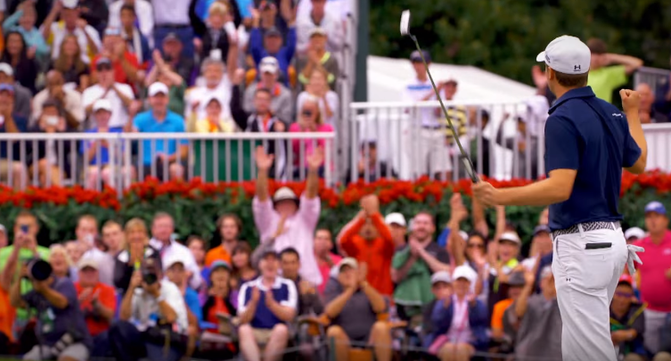
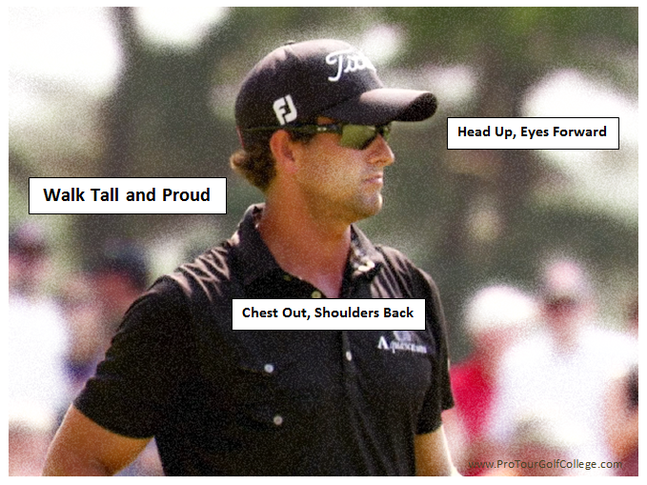
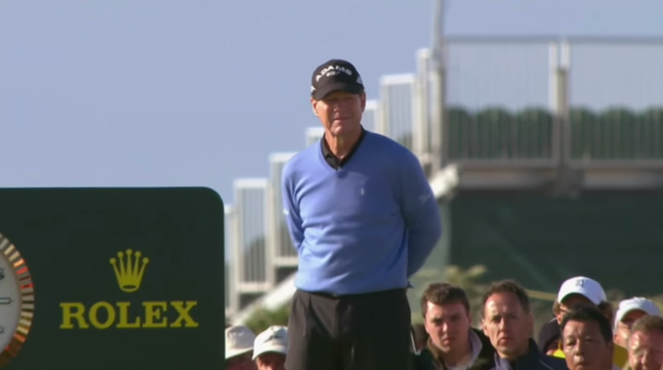

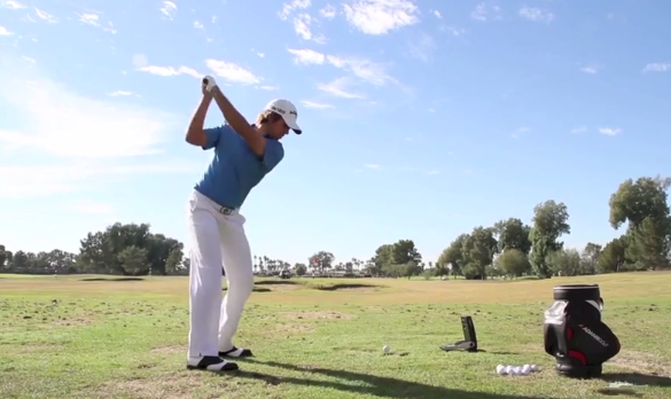
 RSS Feed
RSS Feed



